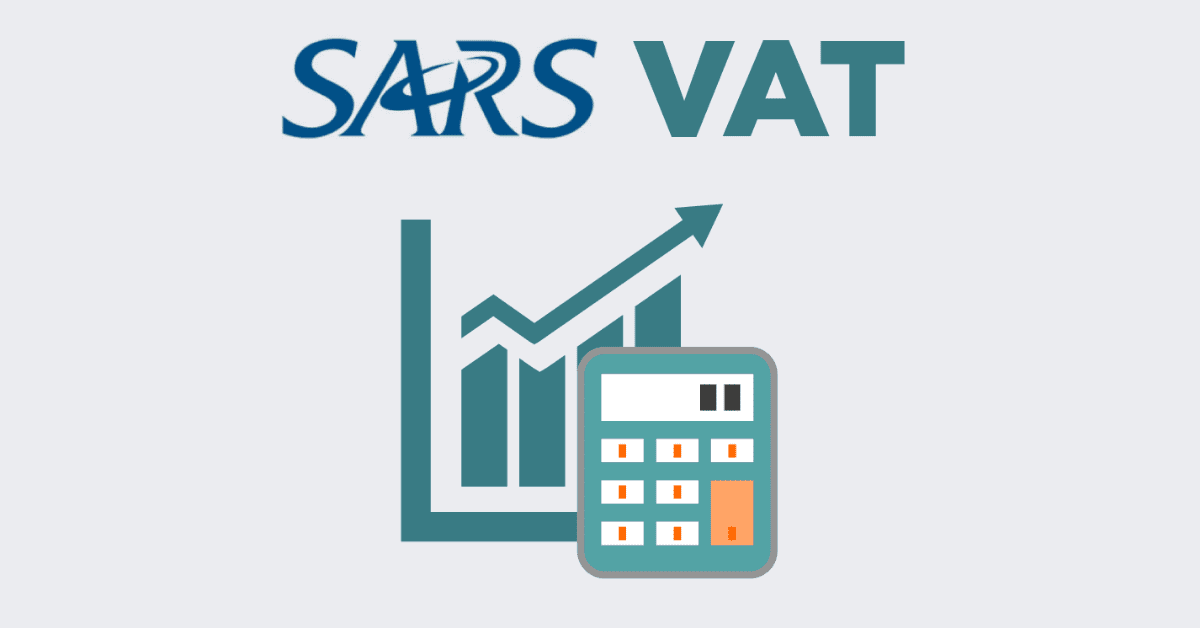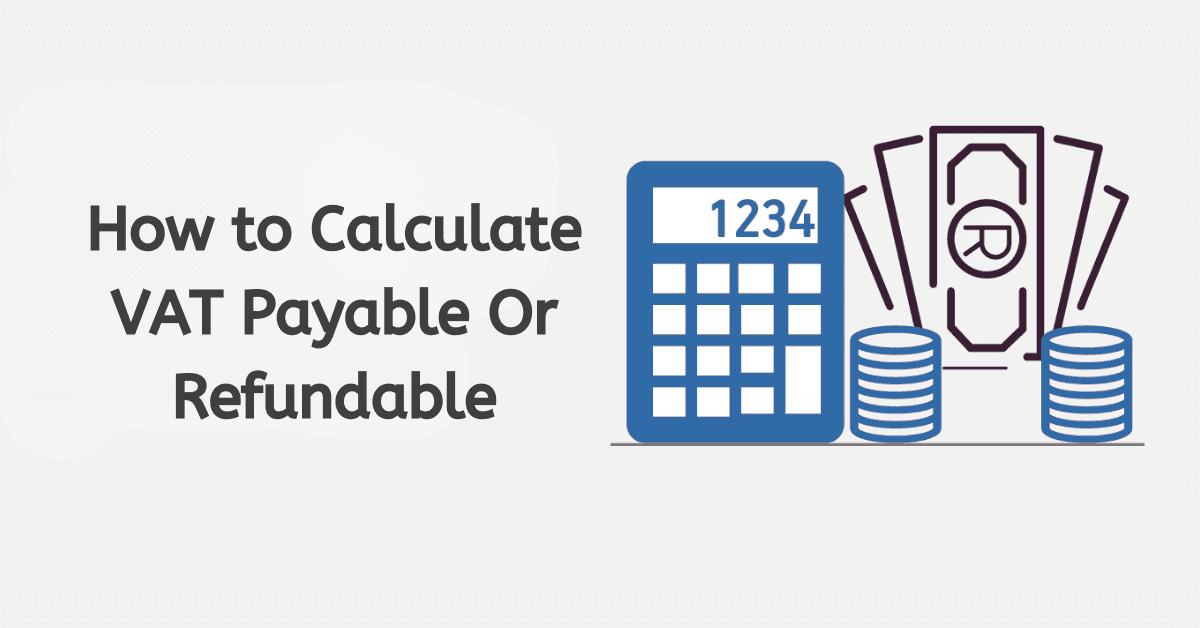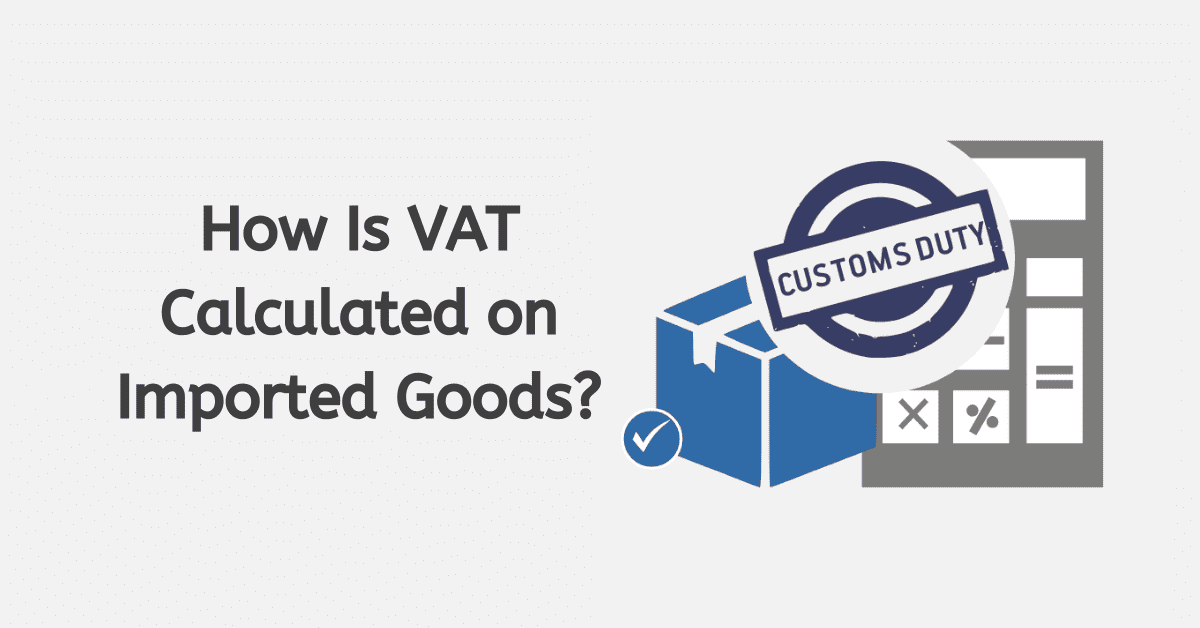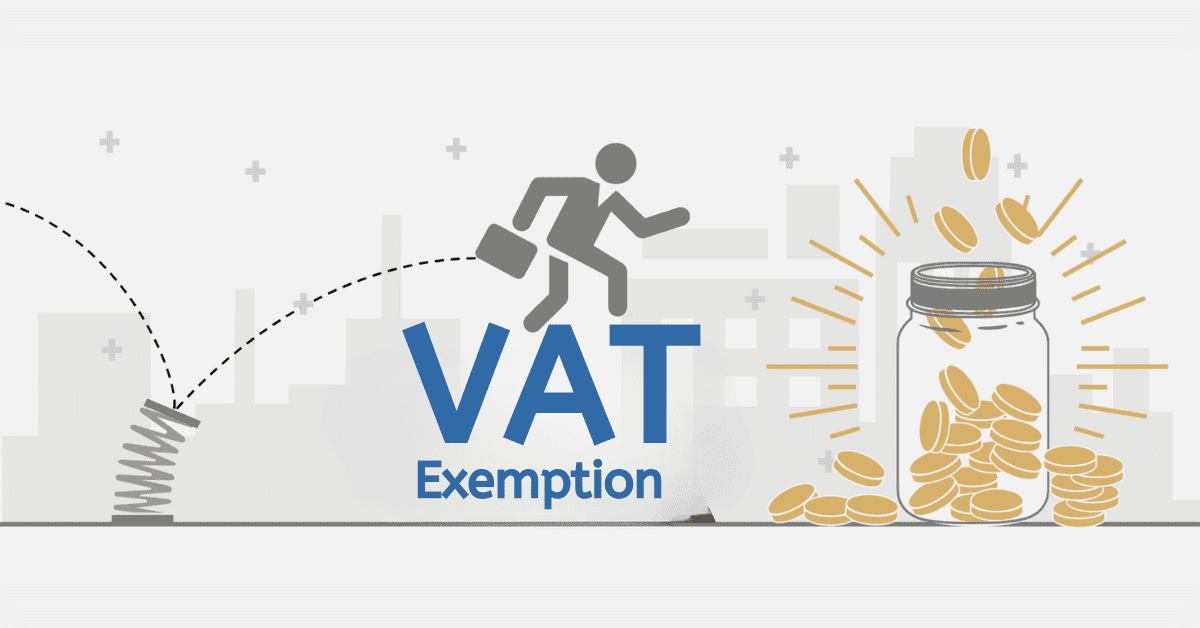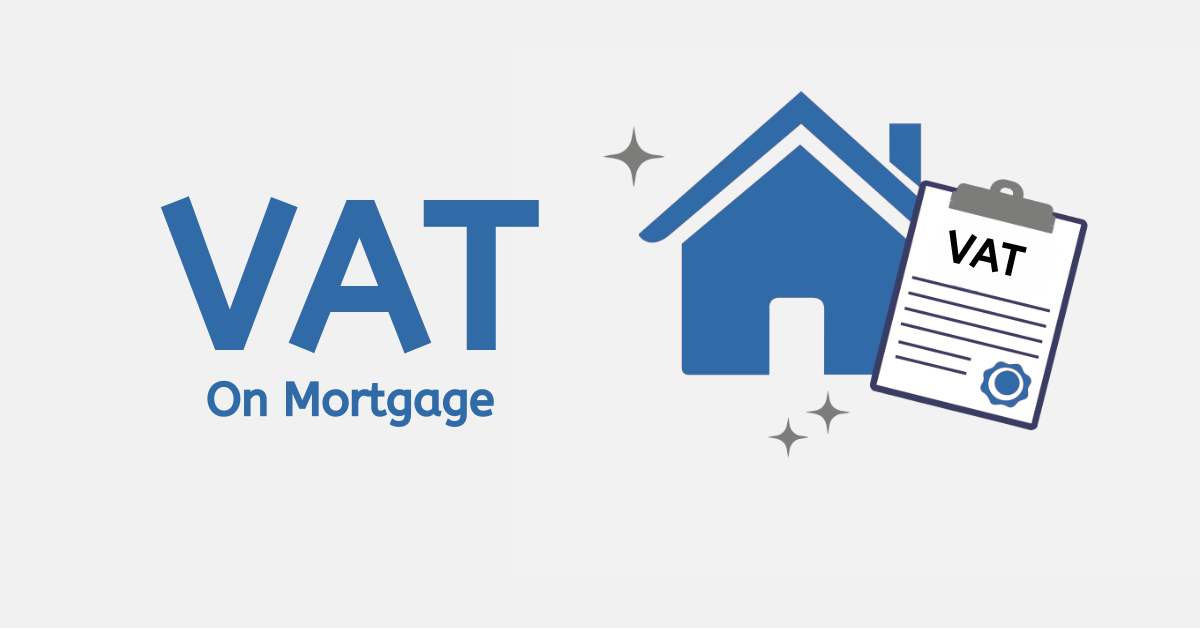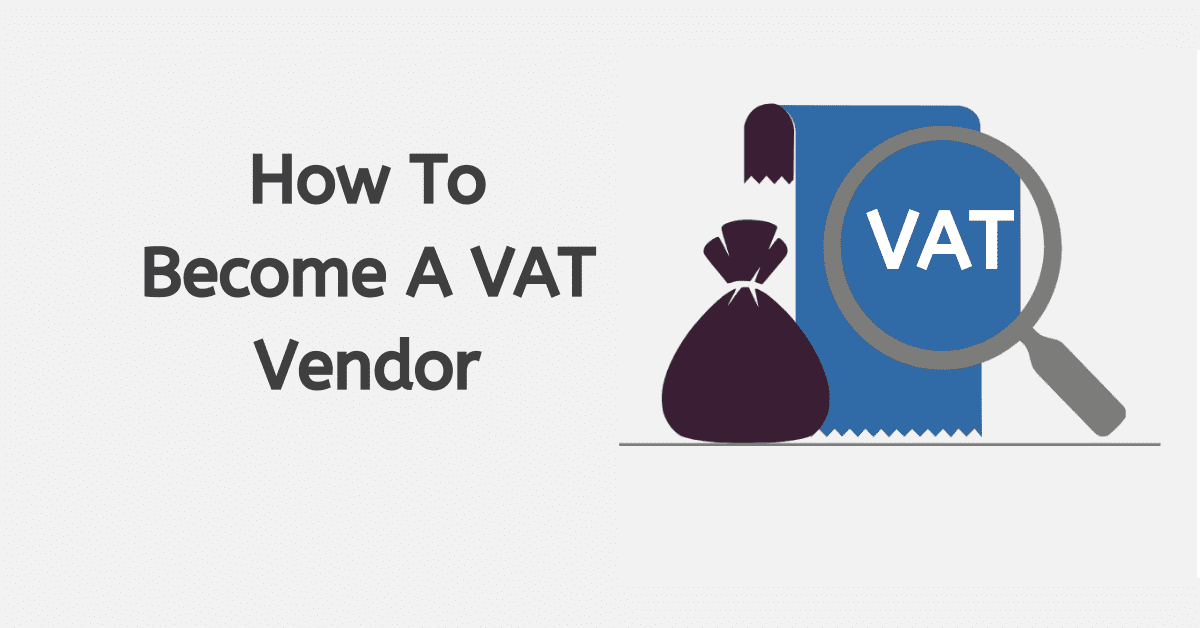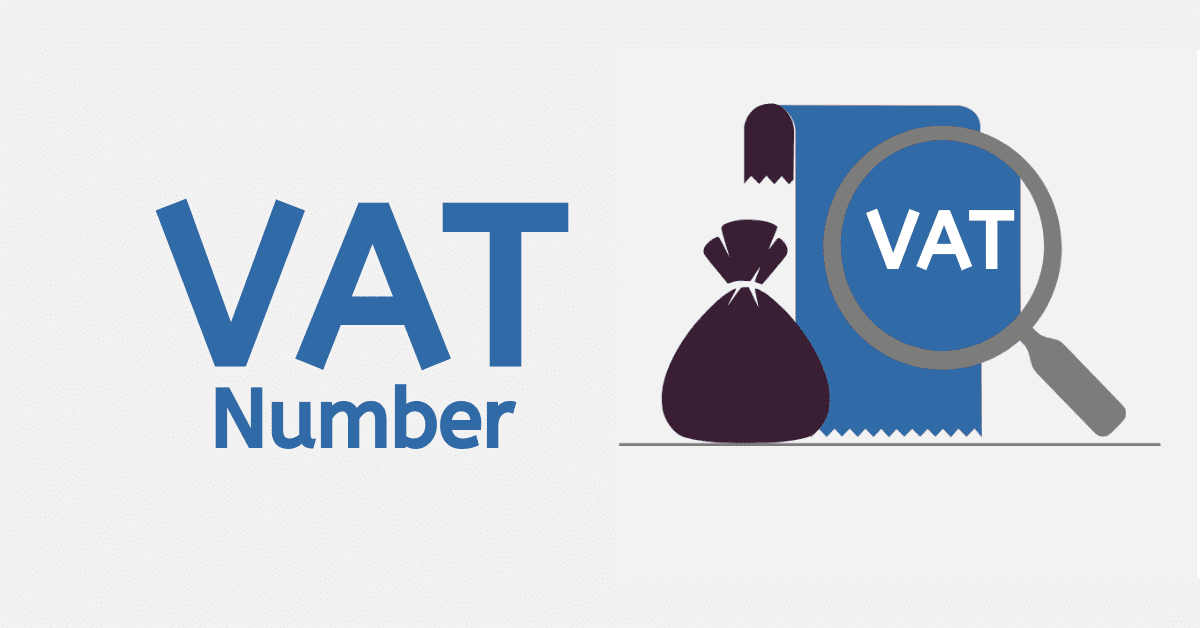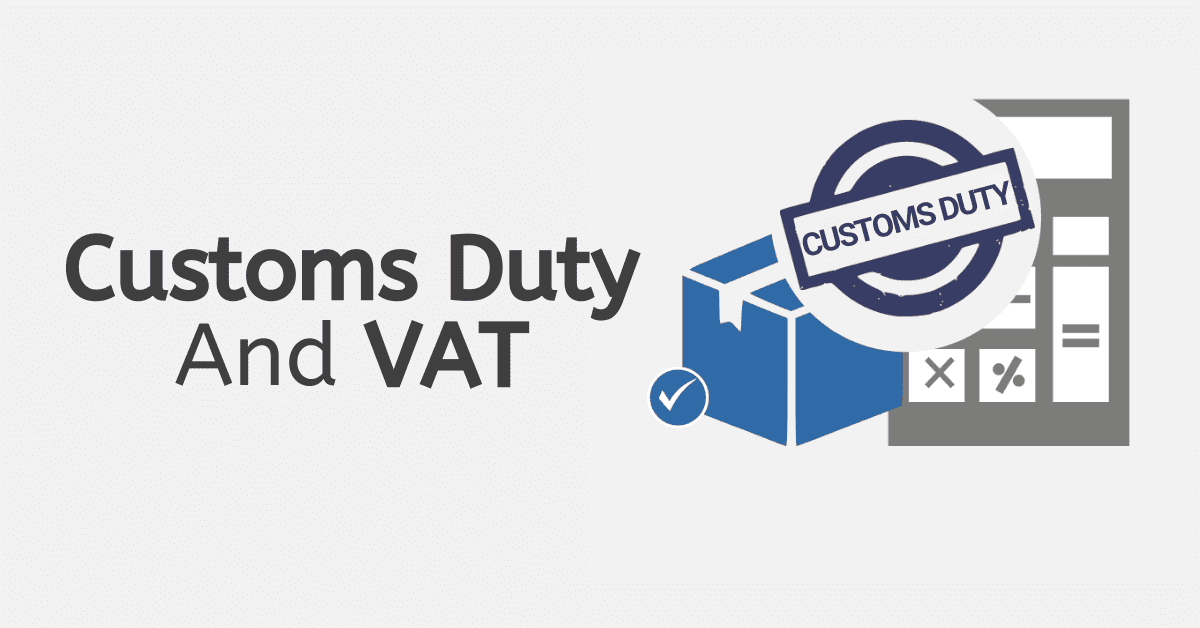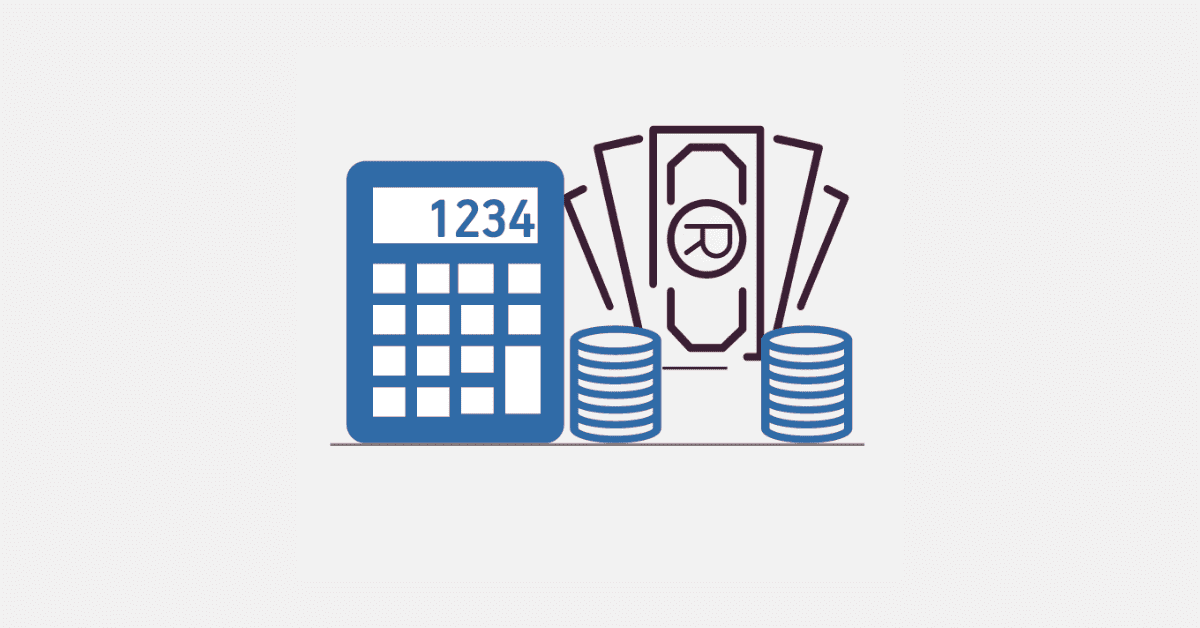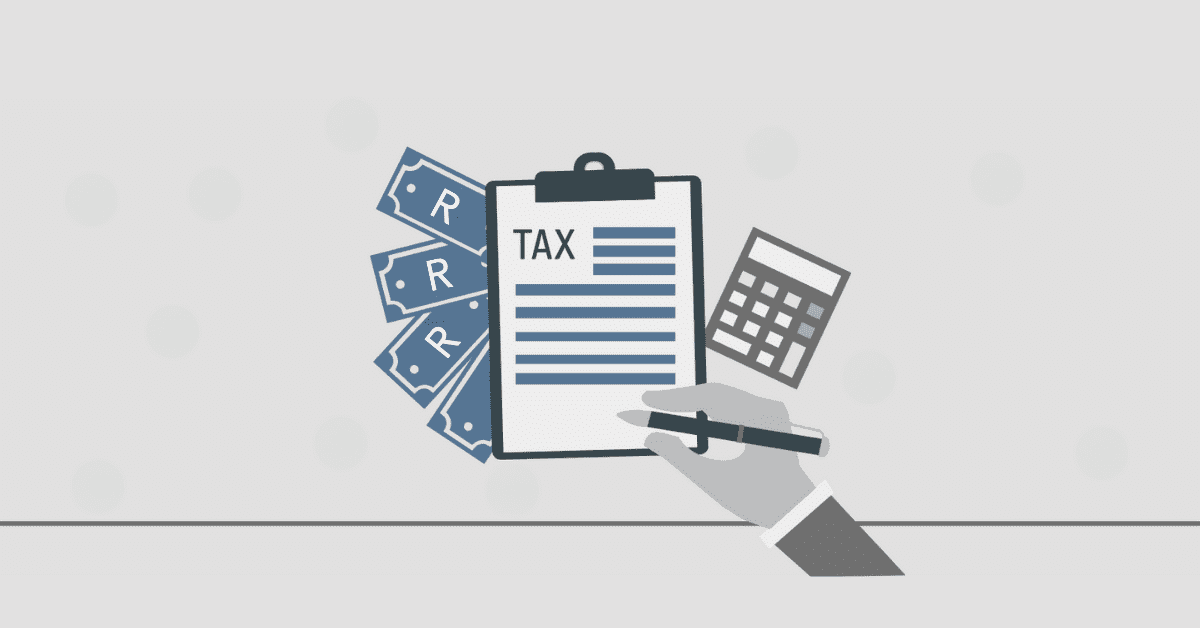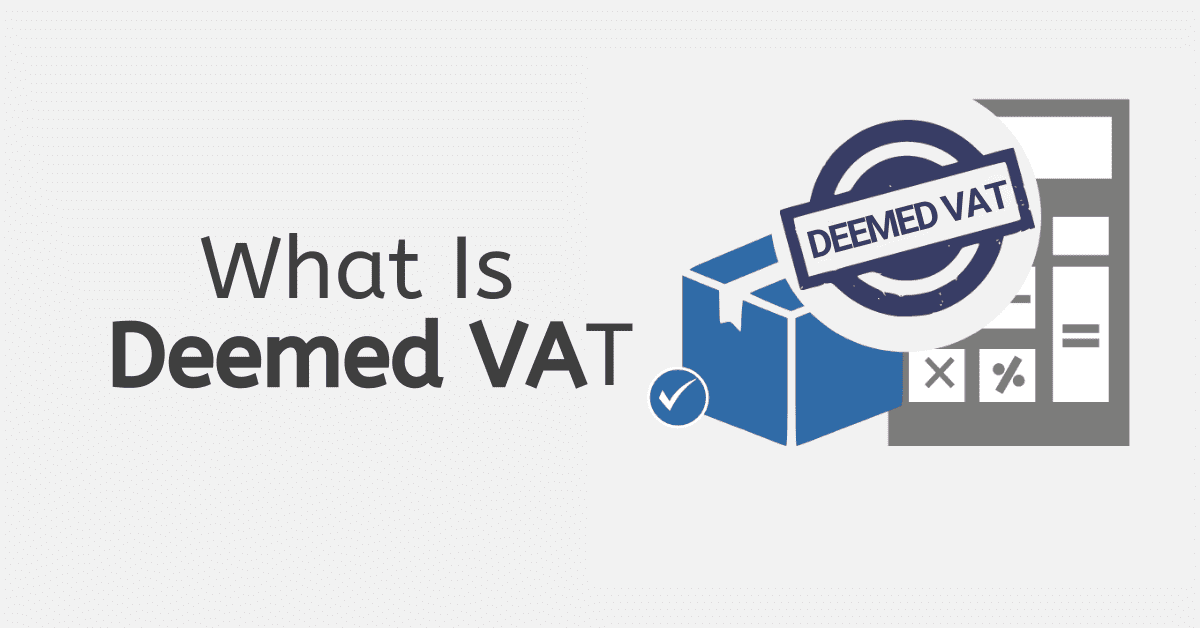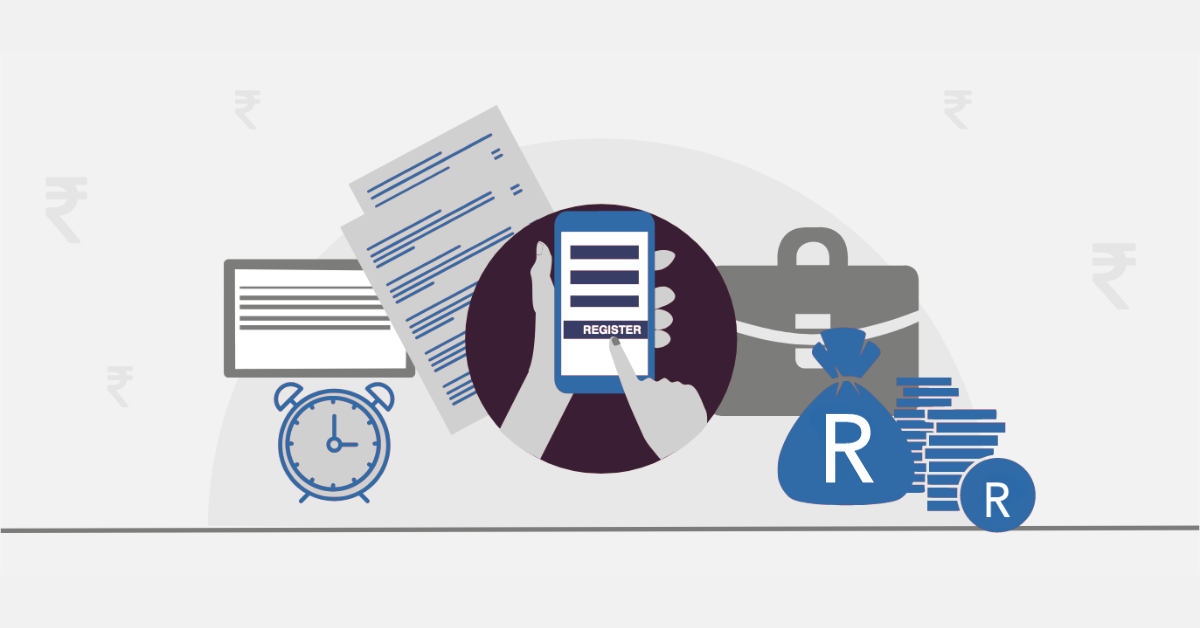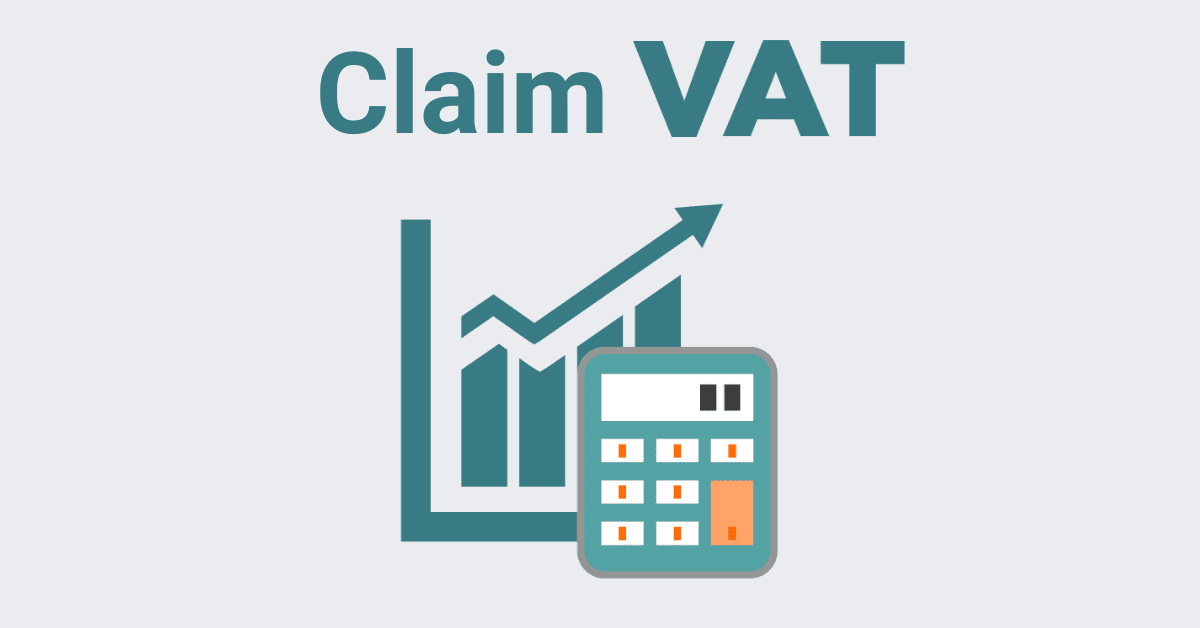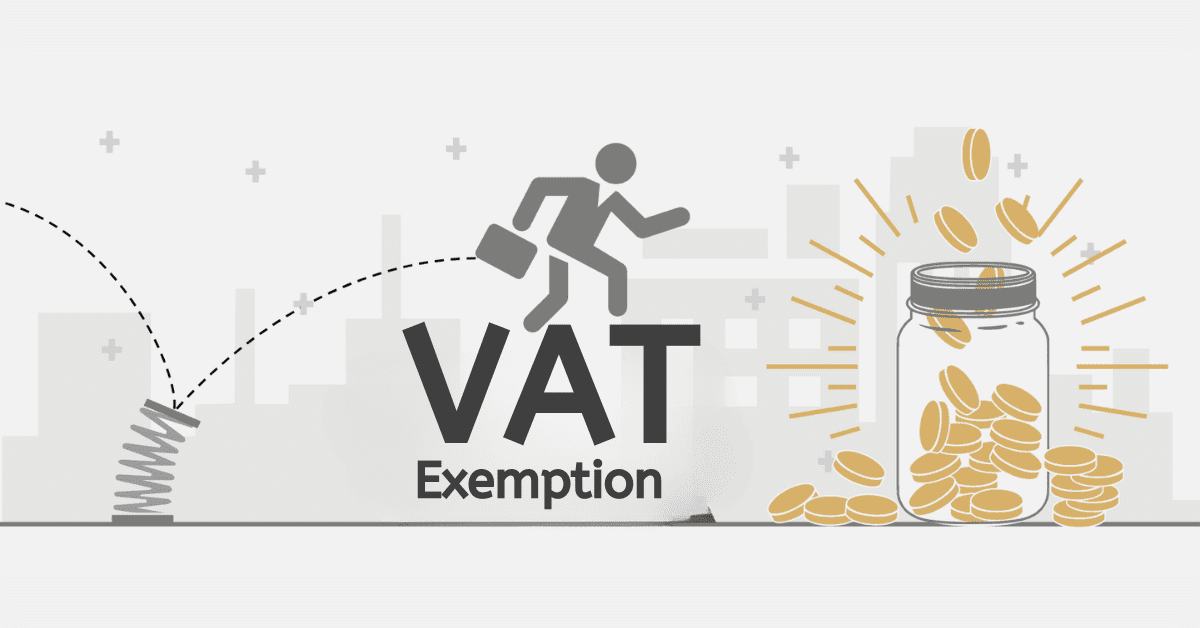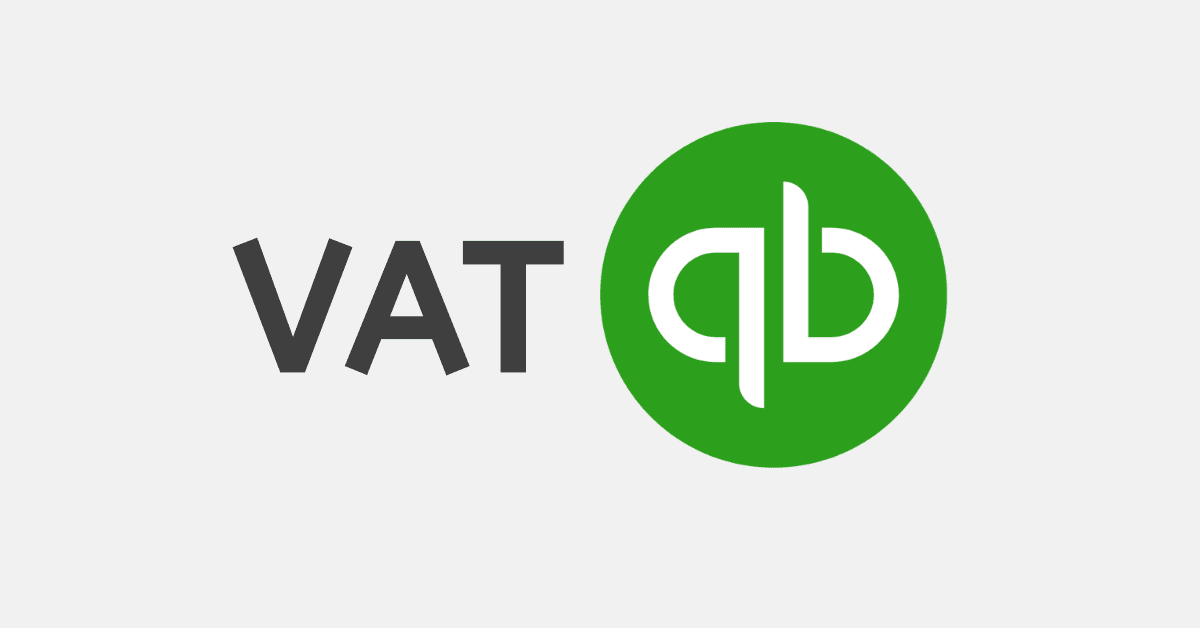The process of VAT reconciliation in South Africa might be likened to a meticulous financial balancing endeavor, aimed at assuring precise alignment of all relevant components. This method primarily focuses on ensuring the alignment of the stated output tax with the actual turnover. It is akin to verifying the accuracy of one’s mathematical assignments by reviewing the correctness of all arithmetic computations.
This method holds significant importance for enterprises. This aids individuals and organizations in adhering to tax requirements and upholding financial openness. Having a clear and well-illuminated pathway in the realm of finance might be likened to the situation at hand.
The process of VAT reconciliation entails the comparison between the aggregate amount of output tax stated in the VAT201 form and the overall turnover or revenue recorded during the same period. The process might be likened to juxtaposing two images and discerning the disparities between them. Prepare yourself and immerse yourself in the realm of VAT reconciliation. This aspect holds significant importance within the realm of financial endeavors.
What is a VAT Reconciliation
The process of VAT reconciliation in South Africa can be described as a meticulous financial endeavor aimed at achieving accurate balance and alignment of all relevant components. This method primarily focuses on ensuring the alignment of the stated output tax with the actual turnover. It is akin to verifying the accuracy of one’s mathematical homework by reviewing the correctness of all calculations.
This method holds significant importance for enterprises. This practice assists individuals and organizations in adhering to tax requirements and upholding financial openness. Establishing a lucid and adequately illuminated trajectory within the domain of finance can be likened to the aforementioned experience.
The VAT reconciliation process involves comparing the total output tax declared in the VAT201 form with the overall turnover or revenue for the corresponding period. The process can be compared to the act of placing two images side by side and identifying the differences between them.
However, the analysis is not solely centered on identifying the disparities. Moreover, it encompasses the procedure of identifying discrepancies and ensuring that businesses comply with tax regulations. The existence of a safety net functions as a mechanism for identifying and mitigating potential errors or instances of fraud that could otherwise remain undetected.
What is the Purpose of the VAT Recon?
The principal objective of Value Added Tax (VAT) reconciliation in South Africa is to uphold the integrity of financial records by ensuring their accuracy and transparency. This procedure guarantees that businesses accurately record and report the value-added tax (VAT) they collect and remit to tax authorities. Through the process of reconciling the output tax recorded in the VAT201 form with the total turnover, businesses have the ability to identify any anomalies that may exist and take fast action to fix them.
The process of VAT reconciliation additionally facilitates adherence to tax legislation, thereby mitigating the risk of potential legal complications. The methodical approach offered by this method facilitates the verification of financial transactions, hence fostering accountability in the financial administration of the firm. Furthermore, the process of reconciliation aids organizations in the identification of potential areas for enhancement in their procedures related to financial reporting and tax compliance.
Should I Include Reconciled Transactions on VAT Return?
In South Africa, a company’s VAT return must include all reconciled transactions. When financial records are reconciled, the output tax reported on the VAT201 form matches the total turnover or revenue for the accounting period. In order to be in accordance with tax laws, it is essential to include reconciled transactions in the VAT return.
By adding reconciled transactions, organizations demonstrate transparency in their financial reporting. This does double duty in avoiding trouble with the law and gaining favor with the tax man. Following the established protocols for VAT reconciliation and appropriately reflecting the reconciled transactions in VAT return submissions is mandatory for all firms.
Which Items Appear in Reconciliation Statement?
The reconciliation statement in South Africa encompasses essential components that enable the harmonization of financial records with tax statements. These objects commonly constitute a typical assemblage.
- The concept of “Total Output Tax” refers to the aggregate amount of Value Added Tax (VAT) that is accumulated via the sale of goods or provision of services.
- Total Turnover or Revenue refers to the comprehensive financial earnings generated by a business within a particular period.
- Reconciling items refer to the modifications or corrections performed in order to achieve accurate alignment between output tax and turnover.
The reconciliation statement functions as a complete documentation of the financial reconciliation procedure, offering a concise summary of the correspondence between the declared output tax and the total turnover.
Final Thoughts
In summary, VAT reconciliation holds significant importance as a financial procedure for enterprises operating in the context of South Africa. The implementation of this system guarantees the precise documentation of output tax in connection to the overall turnover, hence promoting adherence to tax legislation and upholding financial transparency. The inclusion of reconciled transactions in Value Added Tax (VAT) reports is of utmost importance in order to adhere to legal requirements and foster a sense of confidence and reliability with tax authorities. The reconciliation statement is a comprehensive record that encompasses total production tax, total turnover, and reconciling items. It serves to document the painstaking procedure involved in reconciling these elements.
